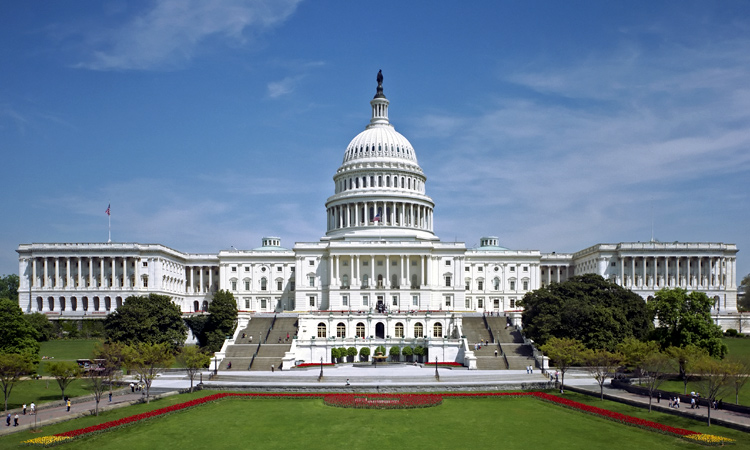US dollar will remain volatile
The weaknesses in the US dollar could be revealed again this week if Congress misses the November 17th deadline to extend funding for the US government.

The deadline to fund the US government is Friday, Nov. 17, 2023.
>> Are the US treasury bonds the safest?
Besides continual yen weakness, it looks as if major currencies will continue the stability that we’ve seen all year, and that’s despite some new question marks about the dollar. Question marks about the status and safety of US assets, including the dollar, will be raised again this week but, in all likelihood are unlikely to undermine the greenback at this stage. The first pressure point comes from Moody’s decision to cut the outlook for US sovereign debt to “negative” from “stable”. The decision has not caused any significant market reaction to date which is probably not too surprising given that Moody’s, which has the US at a AAA rating, simply seems to be catching up to the other major agencies that have the US one grade lower.
What’s more, if some global investors are obliged to maintain all, or a portion, of their portfolios in AAA assets only, the demarcation line is often that two of the three agencies are have a AA rating, not all three. In other words, even if Moody’s does downgrade US debt in the future, it should not have huge implications for treasury and dollar demand.
But does this mean that it can be ignored? Not totally. For one thing, it is notable that it is the US that has seen the ratings downgrades recently (Fitch downgraded the US earlier this year), not other countries. Should this persist, as seems very possible, we’d expect it to slowly drain the dollar. Moody’s cited not just the large deficit and the sharp rise in debt servicing costs, but also the poor state of fiscal governance.
In the Standard Bank’s view, many other countries have high debt levels and higher debt servicing costs as yields rise, but they do not generally have such bad governance. The weaknesses in the US dollar could be revealed again this week if Congress misses the November 17th deadline to extend funding for the government.
“We think there has to be a good chance that the deadline is missed. Once again, as with the outlook downgrade by Moody’s, we doubt that the dollar will be hit hard if parts of the government have to temporarily shut down. But we do see a difference between the short-term reaction and a longer-term undermining of the dollar that comes from such events. Of course, defenders of the dollar would argue that these problems of government funding and debt ceiling increases have been present for a long time and the dollar has not suffered”, said the Standard Bank.
>> Was the worst over for bonds, stocks and currencies?
For instance, Fitch downgraded the US back in August following the debt-ceiling furore and yet the dollar is much higher now than it was then in trade-weighted terms. However, the Standard Bank would counter that pretty much all of this strength is against one currency – the yen – and Japanese investors are basically looking at a free lunch if they buy unhedged treasuries given the near 400-bps pick up in 10-year US yields relative to JGBs. Elsewhere, it notable that this huge Fed tightening cycle, which has been more aggressive than most others, has not lifted the dollar by more.
The dollar would be stronger still were it not for these fiscal governance issues that weigh on the greenback. Another way of putting this is that the high rates in the US could prove to be a crutch that avoids the dollar succumbing. But once this crutch is pulled away, as the Fed enters into an easing cycle, the dollar melts away pretty quickly.
Don’t forget that the likely easing cycle, which we expect in the second half of next year will be playing out against a US presidential election that could see more fiscal governance concerns, particularly if likely Republican nominee Trump offer more tax cuts as he did before the 2016 election.
The Standard Bank’s sense is that, for now, the dollar will remain supported, particularly against the yen as the BoJ has not taken sufficient steps to address the monetary policy deficit with the US. Next year, it is likely to take stronger steps and, with the Fed easing into the bargain, this bank expects dollar/yen to slide to the 135 level in a year’s time. While a rapidly narrowing interest rate differential between the US and Japan could make dollar/yen the real focus of dollar weakness next year, other currencies won’t be left out of the rally against the dollar – and this is irrespective of whether their central banks cut rates earlier and/or by more than the Fed.








